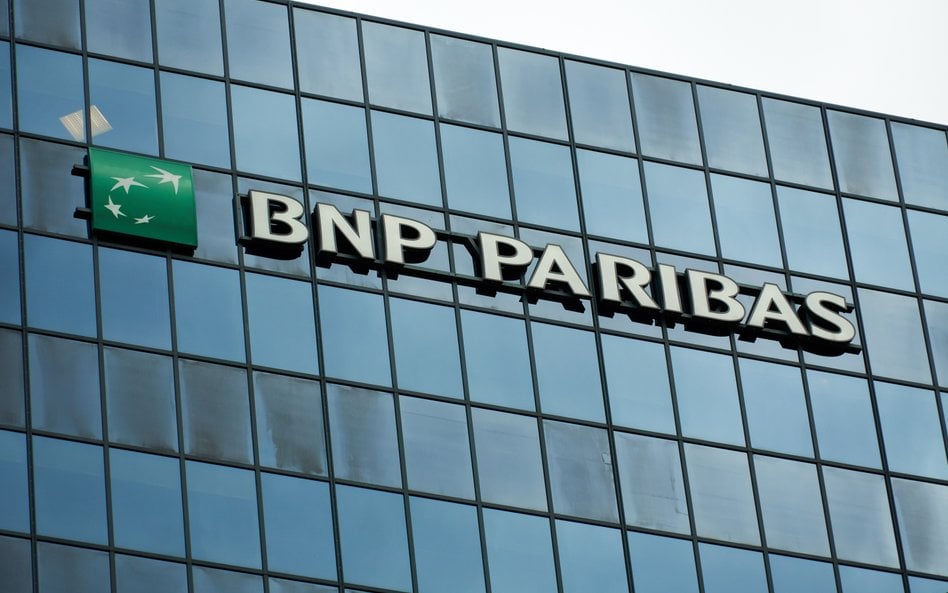If you’re running a business, freelancing, or working cross-border from Luxembourg and hearing about stablecoins like Tether (USDT), you might be asking: who can pay me in USDT? How can I collect it? And how do I convert it into euros?
The good news is that stablecoin payments in Luxembourg are now becoming increasingly feasible. The regulatory environment is evolving, banks are exploring digital assets, and platforms are emerging to help bridge the gap.
In this blogpost I’ll walk you through how Luxembourg stands in this evolving landscape, how BCEE and BNP Paribas are positioned, how USDT payouts and collections in Luxembourg can work, what the challenges are, and much more.
How can Luxembourg benefit from stablecoins
Luxembourg is a financial centre with deep banking infrastructure, cross-border connectivity and a strong regulatory regime. That means for businesses or freelancers doing payments from or to Luxembourg, the promise of stablecoin payments in Luxembourg is attractive.
Stablecoins help you:
- Avoid volatile crypto swings
- Speed up cross-border settlement
- Reduce FX charges and conversion overhead
On the regulatory side, Luxembourg has updated its framework to align with the EU’s Markets in Crypto‑Assets (MiCA) regime. Apart from that, the national authority Commission de Surveillance du Secteur Financier (CSSF) is also preparing for VASPs (virtual asset service providers) registration and supervision. Therefore, crypto payments in Luxembourg are no longer totally experimental; the backdrop is being set as we advance.
What is the take of Luxembourg’s top banks on USDT
BCCE
When it comes to how the banks stand: first, let’s talk about BCEE (Banque et Caisse d’Epargne de l’Etat). BCEE is one of Luxembourg’s major domestic banks (state-owned, founded in 1856). Regardless, it still doesn’t support USDT payouts and collections. So, for using USDT withdrawal solutions via BCEE, you need some third party platform like TransFi which connects you to the local banking rails.
BNP Paribas
On the other hand, BNP Paribas is very active in digital asset infrastructure. For example, BNP Paribas Securities Services partnered with Fireblocks and Metaco to build custody and issuance of regulated digital assets. In Luxembourg-context, this means BNP Paribas is one of the institutions ready for tokenisation and DLT (distributed ledger technology) solutions.
To sum it up, BCEE’s & BNP Paribas's USDT support is still indirect and if you’re thinking about stablecoin transfers via BNP Paribas or direct USDT payouts in Luxembourg through BCEE, you’re working in a space that is emerging, and not fully mature.
USDT payout in Luxembourg
If you are a business or freelancer in Luxembourg and you want to pay out USDT , here’s how you might think about it:
- You hold euros in your Luxembourg bank (say BCEE or BNP Paribas). Now, you need a service that converts your euros to USDT and delivers the USDT to their wallet.
- Because “using BCEE for crypto payouts” isn’t a mainstream bank-offering yet, you likely need to pair the bank account with a crypto payment platform.
- After linking your BCEE or BNP Paribas account with a crypto payment platform, you can then fund in euros and convert the euros into USDT.
- Then you can simply add in the beneficiary details on the platform and hit send.
- Once you have the USDT outflow handled, you need to record it, ensure AML/KYC compliance, log tax/monitoring.
Also read about: USDT Payout and Collection in Poland – BLIK and PKO Bank Polski
USDT collection in Luxembourg
If your business is in Luxembourg and you want to receive payment in USDT, here’s how to think about it:
- First, open or have access to a crypto wallet as your bank alone may not accept direct USDT credits into your standard bank account.
- Then, signup on a compliant platform like TransFi, and generate a payment link.
- Forward the payment link to the one you want to collect payment from. As soon as the person makes the payment, USDT is automatically credited to your wallet.
- Now you might want to convert USDT to EUR to use it domestically. For that, simply connect your local bank account to TransFi’s platform and cash out instantly.
- Another thing to note is that, whenever you are accepting USDT, converting or routing USDT to euros, or transferring it to Luxembourg banks, look for full compliance, good partner rails, and transparent fees.
The Challenges
Here are the real things to watch.
- Banking openness: Many banks in Luxembourg still treat crypto flows as high risk. If you expect a bank account to behave exactly like a crypto‐native wallet, you’ll likely face hurdles.
- Regulation & compliance burden: Luxembourg has updated its law (Law of 6 February 2025) to implement MiCA and the national VASP regime. That means more reporting, more KYC, and more scrutiny on crypto payments in Luxembourg.
- Converting USDT to EUR: The path from stablecoin to euro via bank still often requires intermediary platforms. Directly using BCEE for crypto payouts or expecting BNP Paribas stablecoin transfers is not yet possible.
- FX and fees and documentation: Using stablecoins across borders can reduce FX cost, but you must check the rails, fees, settlement time, counterparty risk.
- Taxation & transparency: Luxembourg treats crypto as intangible assets in many cases. If you do USDT collections in Luxembourg, you must report, record and manage tax risks.
Why TransFi stands out for Luxembourg
If you’re looking for a partner to make USDT payouts or collections in Luxembourg smooth, TransFi is the best choice. With its best-in-class cross-border payment platform powered by stablecoin rails, TransFi stands out in the global finance arena. Moreover, it connects you to 40+ currencies, 80+ digital assets, 250+ local payment methods and 100+ countries, making payments seamless.
The platform also offers enterprise-grade security, reasonable processing fee, live FX rates, global compliance, instant settlements and AI-powered smart routing. Basically, TransFi always makes sure every transaction is done with utmost precision by identifying the most cost-effective and fastest rail every time.
The future outlook
Here is what we can expect in near future:
- First, as MiCA becomes fully operational and the CSSF fully supervises VASPs, banks in Luxembourg will gain clearer rules and more comfort in engaging with stablecoins.
- Second, we may see banks like BCEE or BNP Paribas partner or integrate with crypto platforms more aggressively.
- And third, more freelancers and businesses in Luxembourg will choose stablecoin payments as part of their cross-border payment toolkit to achieve speed, lower cost, and global reach.
Conclusion
Luxembourg's current payment infrastructure is under evolution, with stablecoin payments at the helm. The country’s regulatory regime is evolving with banks like BCEE and BNP Paribas showing interest in digital assets and platforms like TransFi giving you the rails.
The path is not trivial as you’ll still need to deal with bank onboarding, compliance, conversion to euros, as well as documentation. But it’s absolutely viable and will become even smoother in the next few years.
If your business wants to make USDT payouts or collections in Luxembourg, talk to an expert at TransFi today to experience fast & frictionless payments.
FAQs
- How to enable USDT payout and collection in Luxembourg via BCEE and BNP Paribas?
First, have your bank account at BCEE or BNP Paribas. Then engage a stablecoin payment platform (like TransFi). For payout: fund euros, convert to USDT via the platform, and send USDT. For collection: set up wallet to receive USDT, share payment link with the client, receive USDT, convert to euros via platform, and deposit into bank. - How to cash out USDT to EUR using BCEE or BNP Paribas?
Since direct USDT credit into your BCEE or BNP Paribas account may not be standard, you typically use a partner platform like TransFi where you can directly convert USDT to euros and then transfer into your BCEE or BNP Paribas account with the help of in-built integration. - What are the top stablecoin payment solutions for Luxembourg freelancers and businesses?
TransFi is one of the best stablecoin payment solutions for Luxembourg freelancers and businesses offering compatibility with Euro bank transfers and local payment methods in Luxembourg. It offers AI powered smart routing, enterprise-grade security, global compliance and also connects you to 80+ digital assets, 300+ local payment methods, as well as 100+ countries. - What are the best ways to withdraw USDT through Luxembourg banks?
The best way is to convert your USDT into euros via a stablecoin platform and then transfer euros into your Luxembourg bank account (BCEE or BNP Paribas). Do not rely on direct USDT deposit to the bank unless your bank explicitly supports it. - What is the step-by-step guide to receiving USDT in Luxembourg?
- Step 1: Choose a wallet/platform like TransFi that supports USDT collection.
- Step 2: Provide the payer with your wallet address/ payment link.
- Step 3: Receive USDT.
- Step 4: Convert USDT to euros (via platform).
- Step 5: Deposit euros to your Luxembourg bank account.
- Step 6: Reconcile, maintain records for your books and tax.
目次
推奨記事











.png)














